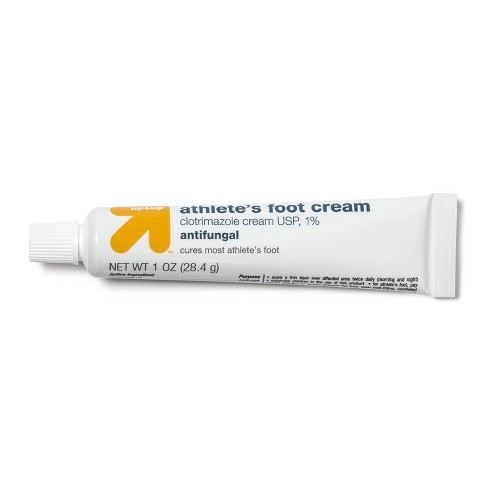
#Active ingredient in jock itch cream skin
Erythema, or redness of the skin caused by inflammation, may also be experienced. The affected skin sometimes crusts over and lesions containing sebum can form. Ring-shaped rash for those with petaloid seborrheic dermatitis.A irritable rash which looks dark in brown and Black skin and lighter in white skin.Patchy of flaky white or yellow scales on top of greasy skin.No matter where seborrheic dermatitis is on the body, there are common symptoms experienced by many with this condition. In addition to the face, redness, swelling and greasy scaling can develop on the mid-chest, upper back and in the armpits, under the breasts and in the groin area. It can appear in oily skin all over the body. But seborrheic dermatitis doesn’t just form on the face. Facial seborrheic dermatitis can also cause stubborn dandruff. With this form, symptoms might also appear on the eyelids, on the sides of the nose, in and around the eyebrows and near the ears. Common symptoms of facial seborrheic dermatitis include inflamed skin and itching. When seborrheic dermatitis appears near the scalp in adults and adolescents, it’s often referred to as facial seborrheic dermatitis. Seborrheic dermatitis in adults and adolescents Infants can also develop seborrheic dermatitis on their bottoms, where it can be mistaken for diaper rash, a form of contact dermatitis. Infants with seborrheic dermatitis most often have a form called cradle cap, which appears on their scalps as scaly, greasy patches. Seborrheic dermatitis and cradle cap in infants Sometimes, symptoms will go away on their own or with changes in your skincare and hair regimens. Seborrheic dermatitis can be the culprit for a variety of symptoms depending on age, race, and the severity of a flare-up.

What are the symptoms of seborrheic dermatitis? Instead, it’s the result of environmental and genetic factors. You cannot “catch” it from another person. Like all forms of eczema, seborrheic dermatitis is not contagious.

In adults, however, the prevalence of seborrheic dermatitis usually follows a pattern of flaring and clearing that can last for years. In infants, this common skin condition usually clears on its own and doesn’t come back. Among adults and teens, this skin disease is more common in males. Seborrheic dermatitis (also sometimes referred to as seborrhea or seborrhoeic dermatitis), can affect people of any age, though it’s most common in infants and adults between the ages of 30 and 60. If symptoms don’t go away, there are many effective treatments to manage symptoms and stop seborrheic dermatitis flare-ups in the future. It can cause a variety of symptoms from dandruff to a rash on the affected area.įor many infants and some adults, seborrheic dermatitis goes away on its own.

What is seborrheic dermatitis?Ĭonsidered a chronic form of eczema, seborrheic dermatitis appears on the body where there are a lot of oil-producing (sebaceous) glands like the upper back, nose and scalp. Let’s dive into who gets seborrheic dermatitis, why it forms, common symptoms and treatment options.


 0 kommentar(er)
0 kommentar(er)
